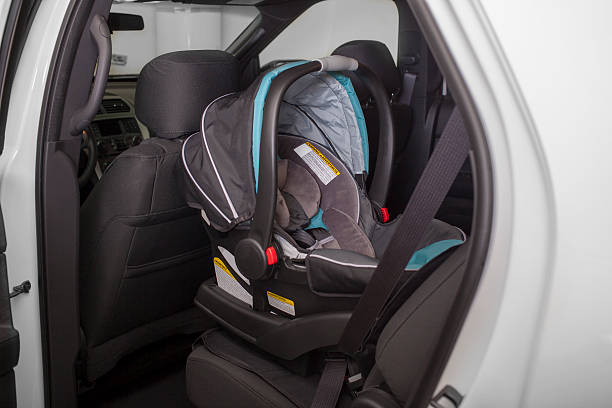
Complete Guide to Infant Car Seats: Tips for Keeping Your Little Ones Safe
Complete Guide to Infant Car Seats: Tips for Keeping Your Little Ones Safe
Choosing and installing a car seat correctly is essential to ensuring the safety of children while traveling by car. The infant seat is an indispensable tool for ensuring the safe transportation of newborns. In this article, we will explore in depth the various types of seats available on the market and provide practical advice on how to correctly select and install the infant seat in the car.
Baby Car Seat Rules and Regulations
Before purchasing a baby seat, it is essential to understand the rules and regulations in force. An approved baby seat must bear the ECE R44-03 code, thus guaranteeing its compliance with safety standards. It is also advisable to check for the presence of the UN code, which indicates universal approval, to allow the seat to be used even when traveling abroad.
Anti-abandonment Device and Regulations
From November 7, 2019, it is mandatory to use an anti-abandonment device to signal the presence of children in the vehicle. This device must activate automatically and provide visual confirmation to the driver. Failure to adopt this device can result in heavy fines, similar to those for failure to use seat belts.
Types of Baby Car Seats
There are different types of car seats for newborns, each suitable for specific age groups and weight of the child. From seats for newborns weighing up to 10 kg, to group 0+ seats for children up to 13 kg, up to group 3 seats, ideal for children up to 12 years. It is important to choose the seat suitable for the age and weight of the child to ensure maximum safety during the journey.
Installation with ISOFIX System
The ISOFIX system is designed to simplify the installation of car seats. Simply place the infant carrier into the ISOFIX connectors on the back seat and secure it with a simple click. A green symbol confirms correct installation, providing greater peace of mind for parents.
Use with Seat Belts
If you do not have the ISOFIX system, you can secure the baby seat using the seat belts on the back seat. It is advisable to use a base for the seat, which makes installation easier and ensures greater stability during the journey. However, there are also ready-to-use baby seat models, which can be used without a base.
Correct Positioning of the Newborn
In addition to the correct installation of the car seat, it is essential to position the baby correctly in the infant carrier. The child should be placed in the back seat, preferably behind the driver, facing away from the direction of travel. This arrangement reduces the risk of injury in the event of a collision, protecting the child's head.
Duration of Use of the Baby Car Seat
The infant seat is designed to be used from birth to 15 months of age and for a weight of up to 13 kg. It is important to respect the weight and height limits indicated by the manufacturer to ensure the safety of the child during the journey.
Conclusions
In conclusion, choosing and installing a baby seat correctly is essential to ensure the safety of your little passengers during car trips. Complying with current regulations and following the guidelines provided by the manufacturer are essential steps to ensure safe and comfortable transportation for your baby. With proper installation and appropriate use, a baby seat can offer peace of mind and protection for both parents and their precious children during every car trip.
